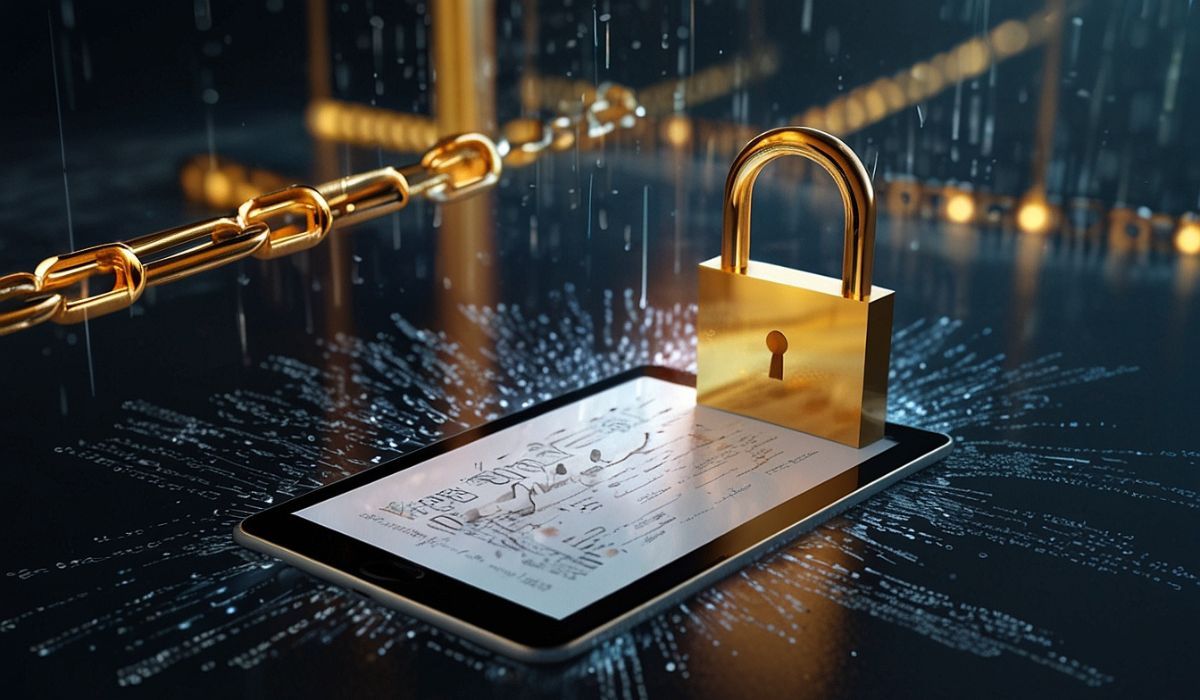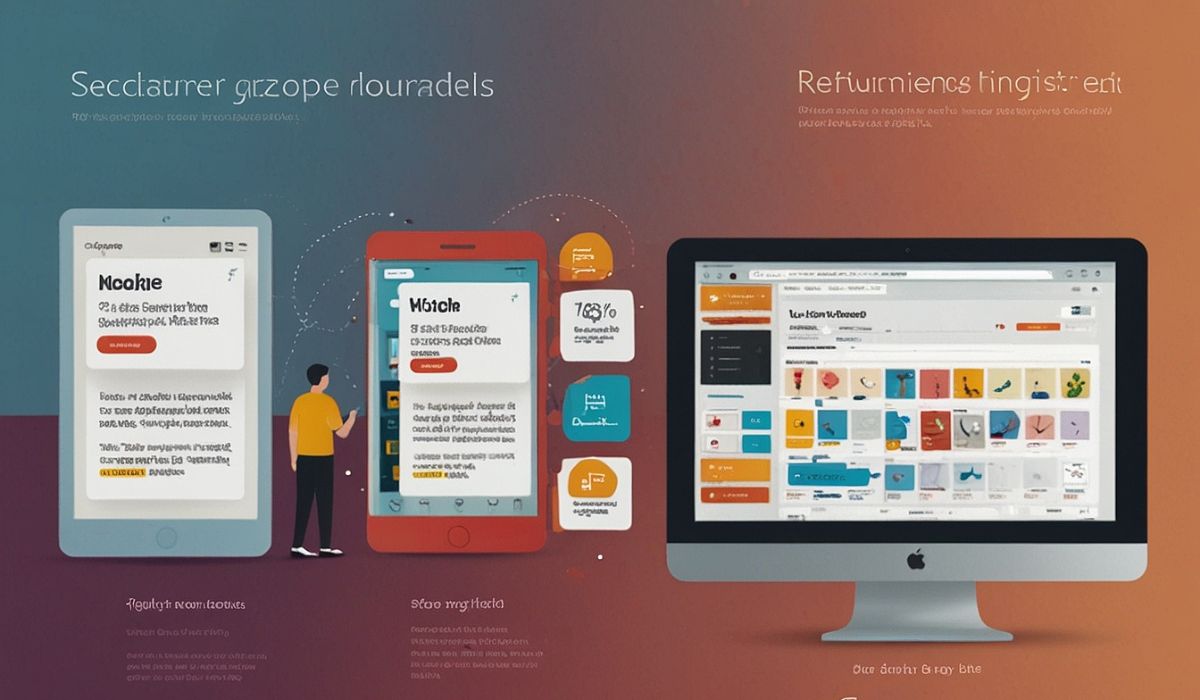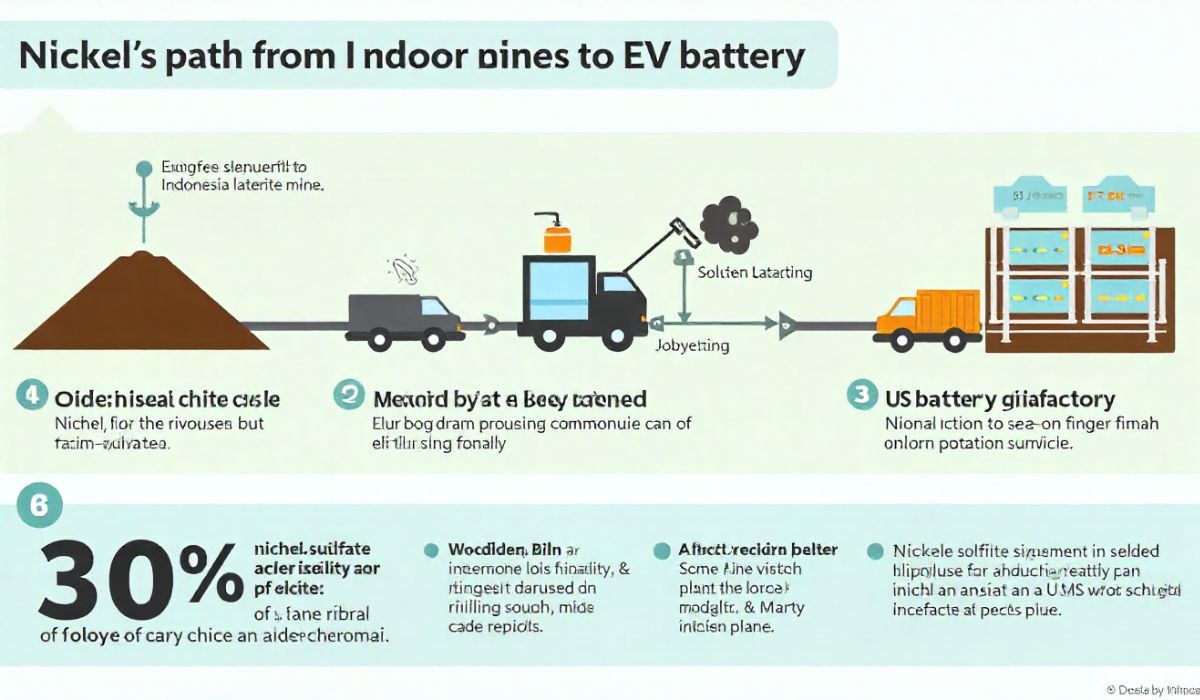Ever emailed a contract draft, only to spend weeks arguing about who changed what and when? Or nervously wondered if that brilliant idea you shared might somehow “reappear” as someone else’s invention months down the line? In our hyper-connected, digital-first world, proving when you created or possessed a piece of information is shockingly hard. That’s where icostamp comes in – your digital notary, timestamping proof, and peace-of-mind provider, all rolled into one. Forget vague assurances; it’s time for unshakeable proof. Let’s dive in!
What Exactly is Digital Timestamping (And Why Should You Care?)
Think of it like this: Imagine carving your initials and today’s date into a stone tablet. Anyone finding that tablet later knows, without doubt, that you were there on that specific date. Digital timestamping does the same for your files, emails, ideas, or code – but way more securely and permanently, using the power of blockchain.
- The Core Problem: Digital files are incredibly easy to copy, modify, and fake. Proving you had a specific document before a certain date is notoriously difficult using traditional methods (like file creation dates, which are easily changed).
- The Solution: A digital timestamp is cryptographic proof that a specific piece of digital data (a document, an email hash, a code snippet) existed at a specific, verifiable point in time. icostamp provides this service reliably and accessibly.
Why it matters more than ever:
- Protect Intellectual Property: Prove you had that novel concept, design, or song lyric first.
- Legal Evidence: Create tamper-proof timestamps for contracts, agreements, or disclosures.
- Regulatory Compliance: Meet requirements for data integrity and audit trails (common in finance, healthcare, legal).
- Software Development: Prove when code was written or a vulnerability was discovered.
- Personal Security: Timestamp important communications or files to establish a verifiable record.
Demystifying the Magic: How iCostamp Actually Works
Don’t worry, we won’t get lost in complex math! Here’s the simple breakdown of how icostamp anchors your proof to the blockchain:
- You Have Your File: It could be your contract (PDF), your song (MP3), your research paper (DOCX), or even just the text of an important email.
- Creating a Unique “Fingerprint”: icostamp doesn’t upload your actual file (privacy first!). Instead, it runs your file through a special cryptographic function called a hash function. This generates a unique string of letters and numbers – like a digital fingerprint. Crucially:
- Tiny Change, Huge Difference: Alter one single letter in your file, and the fingerprint changes completely.
- One-Way Street: You can’t recreate the original file from the fingerprint.
- The Blockchain Anchor: icostamp takes this unique fingerprint and writes it into a transaction on a public blockchain (like Bitcoin or Ethereum). Think of the blockchain as a giant, global, unchangeable ledger.
- This transaction gets a timestamp from the blockchain network itself – a timestamp trusted by millions of computers worldwide.
- Your Proof is Generated: icostamp gives you a timestamp certificate. This contains:
- The fingerprint of your file.
- The exact time the fingerprint was anchored to the blockchain.
- The unique transaction ID on the blockchain where this proof lives.
- Verifying is a Breeze: Anytime you (or anyone else) needs to verify the timestamp:
- Recalculate the fingerprint of the current file.
- Use the icostamp verification tool with your certificate.
- The tool checks if your recalculated fingerprint matches the one stored in the specific blockchain transaction at the time recorded.
- Match? Proof positive the file existed unchanged at least since that blockchain timestamp!
The Beauty of Blockchain: Because the blockchain is decentralized and immutable (meaning no one can alter past records), that timestamp proof is incredibly secure and trustworthy. It doesn’t rely on a single company’s server staying online forever.
Why Choose iCostamp? Unpacking the Key Benefits
So, why pick icostamp over other timestamping services or DIY methods? Here’s what sets it apart:
- Unbreakable Security: Leverages the inherent security and immutability of established public blockchains. Your proof is as strong as the network itself.
- Blazing Speed: Getting a timestamp often takes just seconds or minutes, thanks to efficient blockchain integration.
- Cost-Effectiveness: Typically far cheaper than traditional notary services, especially for frequent use. Many services offer low-cost or even free tiers for basic needs.
- Global Accessibility & Verification: Anyone, anywhere, with internet access can verify the proof using the blockchain transaction ID. No need for special logins or proprietary software.
- Privacy-Preserving: Your actual file content never leaves your device. Only the anonymous fingerprint is used.
- Long-Term Reliability: Blockchain records are designed to last. As long as the underlying blockchain exists (and Bitcoin/Ethereum aren’t going anywhere soon), your proof remains verifiable.
- Ease of Use: Designed with non-tech users in mind. Upload, click, get your certificate. Verification is equally simple.
iCostamp vs. The Old Guard: A Quick Comparison
| Feature | Traditional Notary | Simple Date Stamps (Email/File) | icostamp |
| Tamper-Proof? | Moderate (paper can be damaged) | No (Easily altered) | Yes (Cryptographically secured) |
| Cost | $$$ (Per document, requires travel) | $ | $$ (Often very affordable per stamp) |
| Speed | Slow (Appointment needed) | Instant | Very Fast (Seconds/Minutes) |
| Global Verification | Difficult (Requires physical docs/checks) | No | Yes (Anyone with the web) |
| Digital Native? | No (Paper-focused) | Yes | Yes (Built for digital files) |
| Proof Strength | Legal standing, but perishable | Weak (Untrusted) | Very Strong (Blockchain-backed) |
Read also: chas6d: Building Stronger Digital Worlds in 6 Steps
Putting iCostamp to Work: Real-World Applications
This isn’t just theoretical tech! Here’s how people and businesses are using icostamp right now:
- Freelancers & Creators: Timestamping project proposals, creative work (writing, art, music drafts), and invoices before sending them to clients. Proof of creation and delivery time.
- Startups & Inventors: Securing timestamps on pitch decks, business plans, patentable ideas, and prototype documentation long before formal filings. Establishes prior art.
- Legal Professionals: Creating immutable timestamps for evidence collection, contract versions, discovery documents, and compliance records. Enhances audit trails.
- Researchers & Academics: Timestamping research data sets, lab notes, pre-print papers, and discovery claims to establish priority.
- Software Developers: “Sealing” specific versions of code, documenting bug discoveries, or timestamping open-source contributions.
- Journalists & Whistleblowers: Securely timestamping sensitive documents or communications to prove they existed at a specific time without revealing contents prematurely.
- Individuals: Timestamping important personal documents (wills, property agreements), records of harassment or agreements, or even personal creative projects.
Example: Imagine “Alpha Designs,” a small architecture firm. They email a groundbreaking building concept to a potential investor using icostamp on the PDF. Months later, they see a suspiciously similar design from a competitor. Their icostamp certificate proves their design existed before the competitor’s, providing crucial leverage.
Busting Common Myths About Digital Timestamping
Let’s clear up some confusion:
- Myth 1: “Timestamping means I’m copyrighting my work.”
- Reality: Timestamping proves existence at a point in time, it does not automatically grant copyright. Copyright is usually established upon creation but can be formally registered (e.g., with the US Copyright Office) for stronger legal protection. icostamp provides powerful evidence for that creation date.
- Myth 2: “It’s too technical for me to use.”
- Reality: Services like icostamp are designed for simplicity. If you can upload a file to email or cloud storage, you can use icostamp. The verification process is equally user-friendly.
- Myth 3: “If the timestamping company goes bust, my proof is gone.”
- Reality: This is the power of blockchain! Your proof is stored on the public blockchain ledger, not solely on icostamp’s servers. Even if icostamp ceased operations, your certificate contains the blockchain transaction ID. Anyone can independently verify the proof using that ID and free blockchain explorers.
- Myth 4: “It’s only useful for huge corporations or crypto people.”
- Reality: Absolutely not! From freelancers protecting invoices to individuals timestamping personal agreements, the applications for icostamp are vast and relevant to anyone creating or sharing digital information they need to prove existed at a certain time.
Getting Started with iCostamp: Your First Timestamp in 5 Minutes
Ready to harness this power? It’s incredibly straightforward:
- Find a Provider: Search for “icostamp service” or similar terms. Reputable providers include OriginStamp, Stamping.io, and others. Look for clear pricing, a simple interface, and use of major blockchains (like Bitcoin). (Note: While “icostamp” describes the concept/service type, specific providers will have their own names).
- Create an Account (Usually Free): Sign up. Many offer free tiers for a limited number of stamps.
- Upload Your File: Go to the “Create Timestamp” or similar section. Drag-and-drop your file (document, image, audio, video, zip – almost anything!).
- Let it Work: The service will calculate the fingerprint and send it to the blockchain. You’ll see a status update.
- Download Your Certificate: Once confirmed on the blockchain, download your timestamp certificate (usually a PDF). SAVE THIS SECURELY! It contains your unique proof.
- Verify (Whenever Needed): Use the provider’s verification tool. Upload the original file you stamped and your certificate. It will confirm if the file is unchanged and matches the blockchain record at the specified time.
Pro Tip: For extra security, store your original file and the certificate in multiple safe locations (encrypted USB, cloud storage, printed copy).
Level Up: Advanced Tips & Best Practices
Once you’re comfortable, consider these strategies:
- Bulk Stamping: If you generate lots of files (e.g., daily reports), explore providers offering bulk discounts or API access for automation.
- Documenting Processes: Timestamp not just final documents, but key milestones or drafts during a project to build a robust timeline.
- Combining with Other Proof: Use icostamp alongside traditional methods if maximum legal weight is needed (e.g., timestamp and get a document notarized).
- Understanding Hashes: While you don’t need to be a cryptographer, knowing that your file’s fingerprint is unique and un-reversible boosts your confidence in the system.
- Choosing the Right Blockchain: Most providers use Bitcoin (most secure, slightly slower/expensive) or Ethereum (faster, slightly less expensive per stamp, still very secure). The provider handles this complexity for you.
Your Digital Paper Trail Starts Now
In a world overflowing with digital information, proving authenticity and timelines is no longer a luxury – it’s a necessity. icostamp technology offers a revolutionary, accessible, and incredibly robust way to create trust and certainty for your digital creations and communications. It democratizes proof, putting powerful verification tools into the hands of individuals and businesses alike.
Your Next 5 Steps:
- Identify: What’s one important digital file or idea you wish you had timestamped proof for right now?
- Research: Spend 10 minutes looking at different icostamp service providers. Compare their free tiers and ease of use.
- Test Drive: Pick one provider and timestamp a non-critical file – see how easy it is!
- Integrate: Start consciously thinking about icostamp before sending important emails or sharing sensitive drafts.
- Share the Knowledge: Tell a colleague or friend who creates digital work about this powerful tool.
Don’t wait for a dispute to wish you had proof. Start building your verifiable digital paper trail today. What’s the first thing you’ll timestamp?
FAQs
- Q: Is iCostamp legal evidence?
- A: While laws vary, icostamp timestamps provide strong, cryptographically verifiable evidence of a file’s existence at a point in time. Courts are increasingly recognizing blockchain-based evidence. It’s far more reliable than a simple file date and often used alongside other evidence.
- Q: Does iCostamp work for physical items?
- A: Not directly. icostamp works on digital data. However, you could timestamp a digital photo or detailed scan of a physical item, or a description of it, to prove you had evidence of that physical item at a certain time.
- Q: Can I timestamp an email?
- A: Yes! You can timestamp the text content of the email (copy-paste it into a text file). Some services might offer integrations, but timestamping the content itself is the core proof.
- Q: What happens if I lose my certificate?
- A: This is tricky. The proof is tied to the specific blockchain transaction ID in your certificate. If you lose it and the provider doesn’t keep a record linked to your account, verification becomes very difficult. Always securely back up your certificates!
- Q: How much does iCostamp cost?
- A: Costs vary by provider and volume. Many offer free tiers (e.g., 1-5 stamps/month). Paid plans are usually very affordable, often just cents per stamp for higher volumes. Significantly cheaper than traditional notarization per document.
- Q: Is my file content stored on the blockchain?
- A: Absolutely not! Only the unique, anonymous fingerprint (hash) of your file is stored on the blockchain. Your actual file content remains private on your device.
- Q: How long does the timestamp last?
- A: Effectively forever, or as long as the underlying blockchain exists (which, for Bitcoin and Ethereum, is expected to be extremely long-term). The proof is embedded immutably in the blockchain’s history.
You may also like: Your Digital Fort Knox: Why You Need an Anon Vault Now










